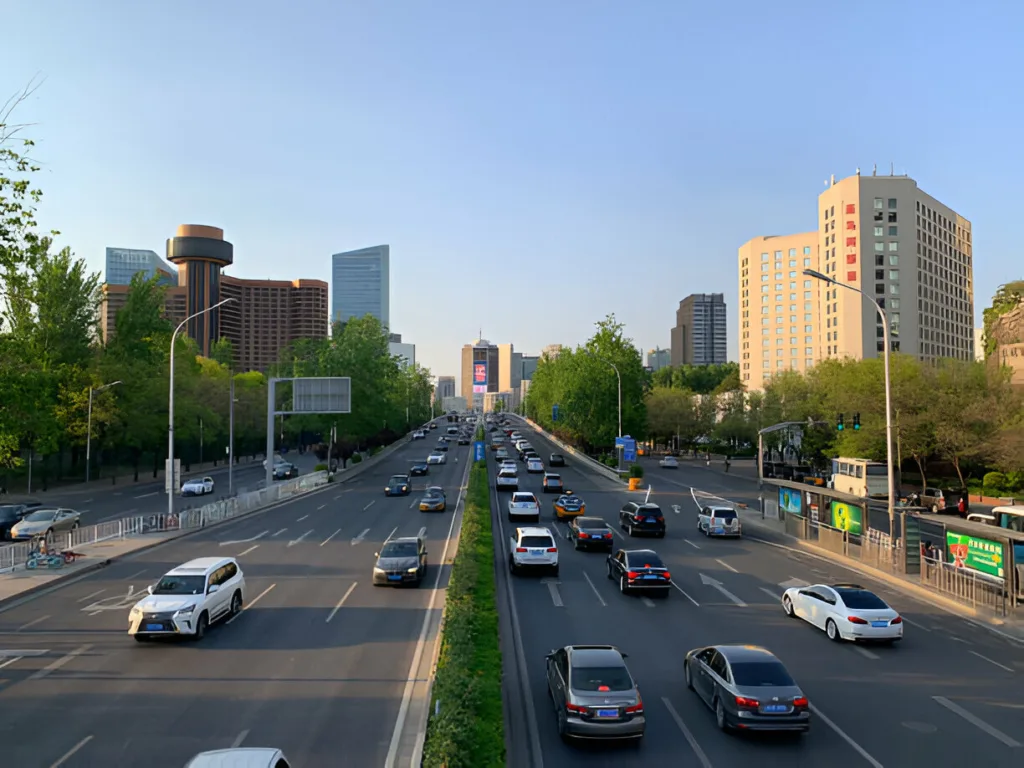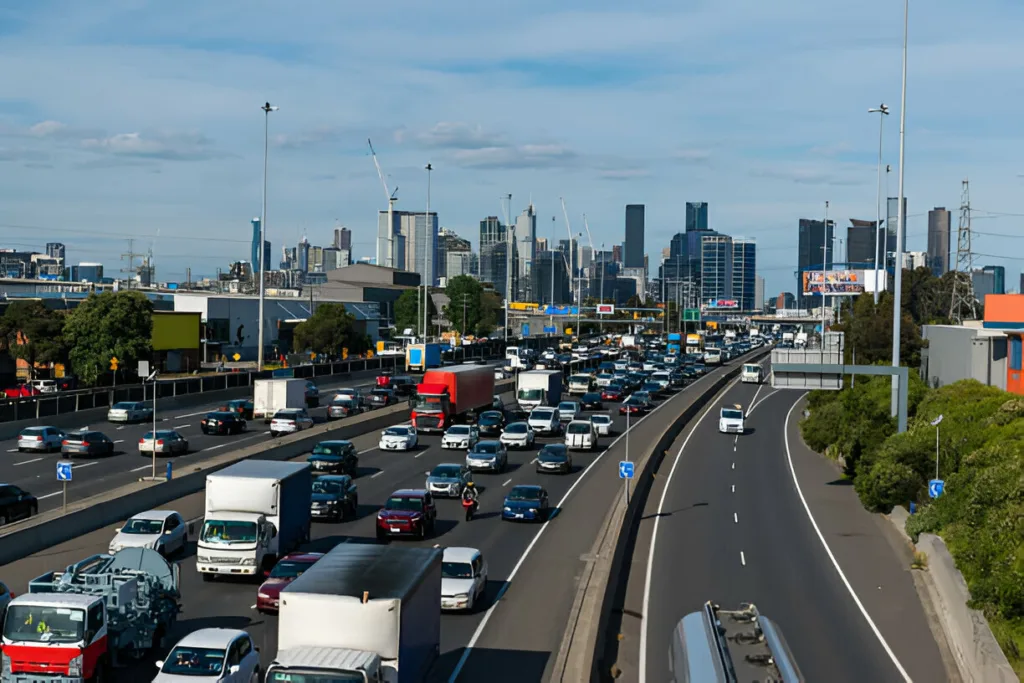A lane change accident occurs when a vehicle moves into another lane and collides with another car. These incidents can lead to significant injuries, property damage, and in severe cases, loss of life.
As you navigate the roadways, it’s crucial to understand the law surrounding lane changes to avoid being at fault in such accidents. You are responsible for ensuring a safe lane change by using turn signals, checking mirrors, and being mindful of blind spots.
In this article, we delve into the factors that determine fault in a lane change accident. We look at how negligence and right-of-way violations play into assigning responsibility. It’s essential to grasp your legal obligations when behind the wheel.
To bolster your understanding of these complex collisions, we feature insights from Lebovitz Law Group, a firm with a strong track record in handling lane change accident cases. Their expertise offers a foundation of trust as we explore the legal landscape.
Should you find yourself involved in such an incident, knowing how to proceed and who can assist you is imperative. Whether calculating potential compensation after an accident or seeking representation for your case, understanding where legal responsibility lies can make all the difference.
For instance, if you’re involved in a truck accident instead of a regular car accident, the process might differ slightly. Similarly, if you’re looking to calculate car accident settlements in Arizona, there are specific factors you should consider.
Understanding Fault in Lane Change Accidents
When you’re involved in a lane change accident, determining who is at fault is a critical component of the legal process. Fault refers to the party responsible for causing the accident.
It influences how damages are compensated and which insurance company will cover the costs. Here’s what you need to know about fault in these situations:
- Legal Definition
Fault is legally defined as the failure to exercise reasonable care on the road, resulting in damage or injury to another person.
- State Laws
The laws governing fault vary by state, but generally, if you fail to follow traffic rules or drive carelessly, you may be found at fault.
- Evidence-Based
Deciding fault involves examining evidence from the scene such as dashcam footage, eyewitness accounts, and police reports.
In a lane change accident specifically, you have a legal obligation to ensure that your actions do not endanger other road users. This includes signaling your intent to change lanes, checking mirrors and blind spots, and executing the maneuver safely without impacting the flow of traffic.
If an accident occurs during a lane change, investigators will scrutinize these details closely to determine fault. For example, if you are hit while lawfully changing lanes by someone failing to yield, you would likely be considered at fault.
For those navigating the aftermath of an accident in Arizona, understanding specific state laws can be crucial. Seeking guidance from experts like Lebovitz Law Group can help clarify these points and provide support through legal proceedings.
In addition to lane change accidents, other complex scenarios may require specific legal guidance. For instance, if you find yourself grappling with a pedestrian accident or a multi-vehicle collision in Arizona, knowing what steps to take can significantly affect the outcome of your case.
Understanding fault is just one piece of the puzzle—knowledge of how it’s applied in different situations is equally important for anyone involved in a lane change accident.
Primary Factors for Assigning Fault in Lane Change Accidents
When evaluating the circumstances of a lane change accident, two primary factors play crucial roles in assigning fault.
- Driver Negligence
The first pivotal factor is driver negligence. This term generally refers to any action or lack of action that deviates from what a reasonable person would do under similar circumstances. In the context of a lane change accident, negligence can manifest in various ways.
For instance, a driver failing to signal before changing lanes, or neglecting to check their blind spots properly, could be held liable for any resulting collision. Even seemingly minor oversights can have severe consequences when operating a vehicle, emphasizing the acute need for attentiveness on the road.
- Right-of-Way Violations
The second determining factor is the violation of right-of-way rules during lane changes. These regulations dictate who has the legal right to proceed first in different driving situations. Should a driver disregard these rules while changing lanes and cause an accident as a result, they could be found at fault.
To better comprehend these essential aspects and their potential implications in case of an accident, it may prove beneficial to familiarize yourself with how they are applied in specific situations. For example, understanding out-of-state car accidents or truck accidents can provide valuable insights into their unique dynamics and how fault is determined.
Equipped with this knowledge, you will be better prepared to navigate the aftermath of a lane change accident effectively and ensure your rights are duly upheld.
Relevant Laws Governing Lane Changes
Every state has its own set of traffic laws that dictate how drivers should behave on the road. These laws are designed to maintain order and safety on highways and city streets.
When it comes to lane changes, there are specific regulations that guide drivers on how to execute this maneuver correctly.
- Use Turn Signals
One of the most fundamental rules is the use of turn signals. Prior to changing lanes, drivers must activate their turn signals in the direction they intend to move. This alerts other motorists of the driver’s intention and allows them to adjust accordingly.
- Check Your Surroundings
Next, checking your surroundings is also mandated by law. It’s not enough to rely solely on your mirrors; you must check your blind spots as well. Failure to do so can result in a collision with a vehicle in the adjacent lane.
- Ensure Ample Space
Finally, drivers must ensure that they have enough space to change lanes safely. You should never force another driver to slow down or swerve out of their lane because you did not allow adequate distance for your lane change.
Violating any of these laws can lead to serious consequences, including traffic citations, fines, and even liability in the event of an accident. If you’re involved in a lane change accident, it’s essential to understand these laws and how they impact your case.
To navigate these legal complexities, consider consulting with experienced attorneys like those at Lebovitz Law Group, who specialize in dealing with such cases.
They can help you understand how the law applies to your particular situation and guide you through the process of filing a claim or defending against one.
Understanding the relevant laws governing lane changes is critical in determining fault during an accident. Whether you’re trying to defend yourself or prove someone else’s liability, being aware of these rules can significantly strengthen your case.
However, it’s important to note that there are other specific traffic laws that may come into play depending on the circumstances of the accident. For instance, in Arizona hit-and-run cases, different regulations apply.
Similarly, if you were involved in a motorcycle accident, there are specific steps you should take when dealing with insurance companies and ways to calculate the value of your claim such as the process outlined for motorcycle accident injury cases in Arizona. It’s crucial to familiarize yourself with these laws if they pertain to your situation.
Proving Fault: Evidence Collection in Lane Change Accident Cases
Proving fault in lane change accidents centers around the ability to present clear and convincing evidence of another driver’s negligence or liability. Here are key steps in evidence collection that you should consider:
- Photographic or Video Documentation
Capture photos or videos of the accident scene, vehicle damages, road conditions, traffic signs, and any skid marks. Visual proof can be compelling in demonstrating how the incident occurred.
- Witness Statements
If there were eyewitnesses to the crash, their accounts could be critical. Ensure to collect contact information and if possible, written or recorded statements detailing what they observed.
- Police Reports
Law enforcement officers typically file an official report after assessing an accident scene. This document often includes crucial details about the collision and may contain insights about the fault.
- Medical Records
If injuries resulted from the accident, medical documentation linking your injuries to the collision is essential. These records serve as proof of the impact and severity of the crash.
- Expert Testimony
In some cases, accident reconstruction experts may be necessary to analyze the evidence and explain complex aspects of the collision to a jury or insurance company.
When building your case for a lane change accident, it’s important to document your motorcycle accident for your claim, as advised by Lebovitz Law Group. The guidance provided on meticulous documentation applies equally to car accidents and can further strengthen your position.
Remember, timely evidence collection is crucial as it helps ensure that details are accurate and all physical proofs are preserved.
Engaging with legal professionals like those at Lebovitz Law Group allows you to navigate this process effectively while focusing on recovery from any injuries sustained.
Understanding Comparative Negligence in Lane Change Accidents
Comparative negligence is a legal concept that acknowledges the shared responsibility of multiple parties in an accident. In lane change accidents, this principle plays a significant role in determining fault and compensation.
How Comparative Negligence Works
The idea behind comparative negligence is simple: each party involved in an accident may hold some degree of blame, even if one driver is mostly responsible. Here’s an example to illustrate this:
- You’re changing lanes.
- Another vehicle hits you from behind.
- Investigation reveals that you didn’t use your turn signal.
- However, it was also discovered that the other driver was following too closely.
In this situation, you might be found partially at fault for not signaling your lane change. But the other driver could bear more significant responsibility for failing to maintain a safe distance.
The Impact on Fault Determination and Compensation
Comparative negligence goes beyond assigning fault – it directly influences your compensation. If you’re deemed 20% responsible for a lane change accident, your potential compensation will decrease by that same percentage.
This is where proving the other party’s greater negligence becomes crucial. By demonstrating that their actions played a larger role in the incident, you can increase your chances of securing maximum compensation.
Complexity in Ridesharing Accidents
Accidents involving ridesharing services can add another layer of complexity to the equation. With multiple parties (such as the rideshare company, driver, and insurance providers) potentially involved, determining liability can become challenging.
For this reason, seeking expert legal advice is often beneficial in these cases. A car accident attorney experienced in handling rideshare-related accidents can help navigate through the complexities and protect your rights.
Why It Matters to You
This in-depth look at comparative negligence highlights the importance of:
- Understanding your legal obligations while driving, including signaling lane changes and maintaining a safe distance.
- Recognizing how these responsibilities could impact any future personal injury claims arising from an accident.
By being aware of comparative negligence and its implications, you can better protect yourself on the road and make informed decisions if you ever need to pursue a legal case after an accident.
Seeking Legal Representation for a Stronger Case
Dealing with the aftermath of a lane change accident can be overwhelming. It’s especially difficult when you’re also dealing with injuries, trauma, and the legal complexities of the situation. That’s why it’s so important to have experienced personal injury attorneys on your side.
How Experienced Attorneys Can Help You
When you’re involved in a lane change accident, seeking advice from legal professionals like the Lebovitz Law Group can greatly improve your chances of receiving fair compensation. These attorneys have the knowledge and skills to:
- Understand Traffic Laws: They have a deep understanding of the laws governing traffic and can determine if any violations occurred during the accident.
- Handle Similar Cases: They have experience dealing with other lane change accident cases and know what strategies work best.
- Gather Evidence: They know how to collect and analyze evidence such as accident reports, witness statements, and medical records to build a strong case.
- Determine Fault: They can investigate the circumstances surrounding the accident to determine who was at fault.
- Negotiate with Insurance Companies: They have expertise in dealing with insurance companies and can negotiate on your behalf to ensure you receive a fair settlement.
The Role of an Attorney in Your Case
A skilled attorney from Lebovitz Law Group will be there for you every step of the way, providing guidance and support. Here’s what they’ll do:
- Collecting Information: They’ll gather all necessary documents and information related to your case, including police reports, witness statements, and medical records.
- Analyzing Fault: They’ll carefully review the details of the accident to determine who is responsible for your injuries.
- Calculating Damages: They’ll assess the full extent of your losses, including medical expenses, lost wages, property damage, and pain and suffering.
- Negotiating Settlements: They’ll use their negotiation skills to communicate with the insurance company and fight for a fair settlement on your behalf.
The Benefits of Having Strong Legal Representation
Having a skilled attorney specializing in lane change accidents can make a world of difference in your case. Here’s why:
- They understand the complexities of these types of accidents and can navigate the legal system effectively.
- They have experience dealing with insurance companies and know how to counter their tactics.
- They will fight tirelessly to protect your rights and ensure you receive the compensation you deserve.
Remember, no matter how complicated your situation may appear, there are professionals available who can assist you during this challenging time. Click here to learn more about the benefits of hiring a skilled attorney specializing in personal injury cases.
Conclusion
Driving with responsibility and a clear understanding of your legal obligations during a lane change is not just a matter of courtesy—it’s a critical safety practice. Lane change accidents can have significant repercussions, from physical injuries to legal consequences. Remember:
- Drive Responsibly: Always signal your intentions, check mirrors, and blind spots before changing lanes.
- Know Your Legal Duties: Awareness and adherence to traffic laws are your best defense against fault in an accident.
If you find yourself in the unfortunate event of a lane change accident, it’s imperative to act promptly. Gather evidence, document everything, and consider the following steps:
- Consult Reputable Lawyers: Seek guidance from seasoned attorneys like Lebovitz Law Group for adept handling of your case.
- Legal Action: If involved in a lane change collision, taking immediate legal action ensures the protection of your rights and interests.
Remember that timely and knowledgeable actions can significantly influence the outcome of your case. Trust in professionals who understand the intricacies of lane change accidents to advocate for your best possible result.
Sort by Category
Related Posts
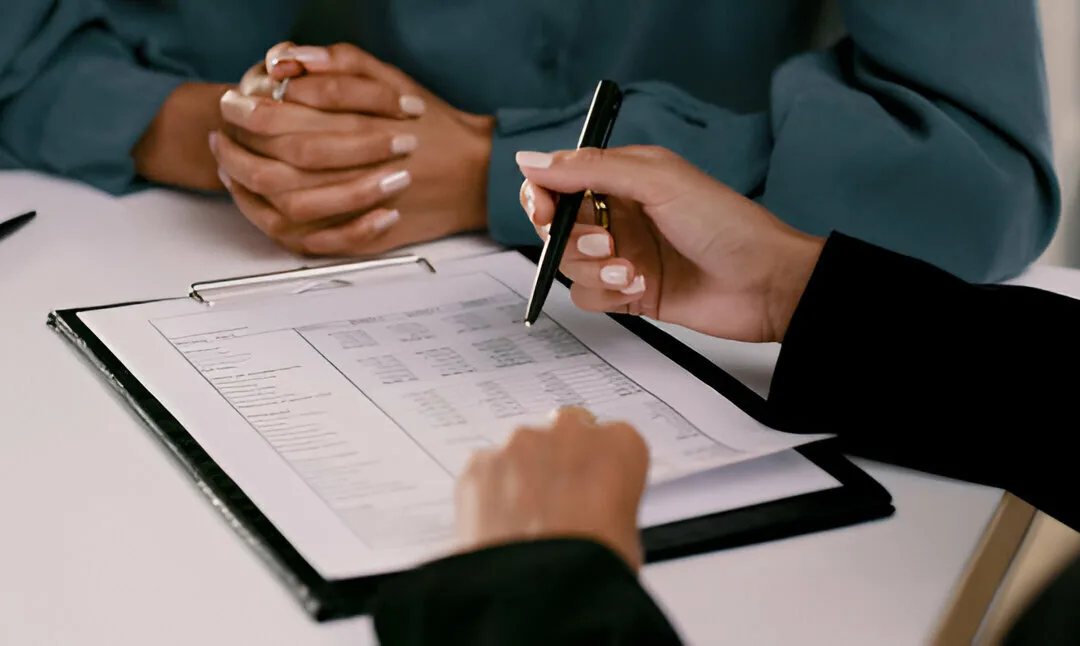
Navigating Subrogation Laws: Protecting Your Settlement from Insurance Liens
When you've been injured due to someone else's negligence, navigating the aftermath can be as daunting as the recovery process itself. Central to the complexities are subrogation liens, which significantly impact your personal injury case and the resulting settlement....

Did You Know This About Workplace Harassment Laws?
Workplace harassment is unwelcome behavior significantly disrupting an employee's work environment or personal well-being. When this behavior is based on protected characteristics like race, gender, or religion, it not only affects the individuals targeted but also...

Did Your Dentist Make a Mistake? How to Know When to Call a Dental Malpractice Lawyer
Dental malpractice is a sad reality that can have serious consequences for patients. It includes things like surgeries gone wrong, incorrect diagnoses, faulty dental devices, and mistakes in giving anesthesia. As a patient, you trust your dentist to give you safe and...
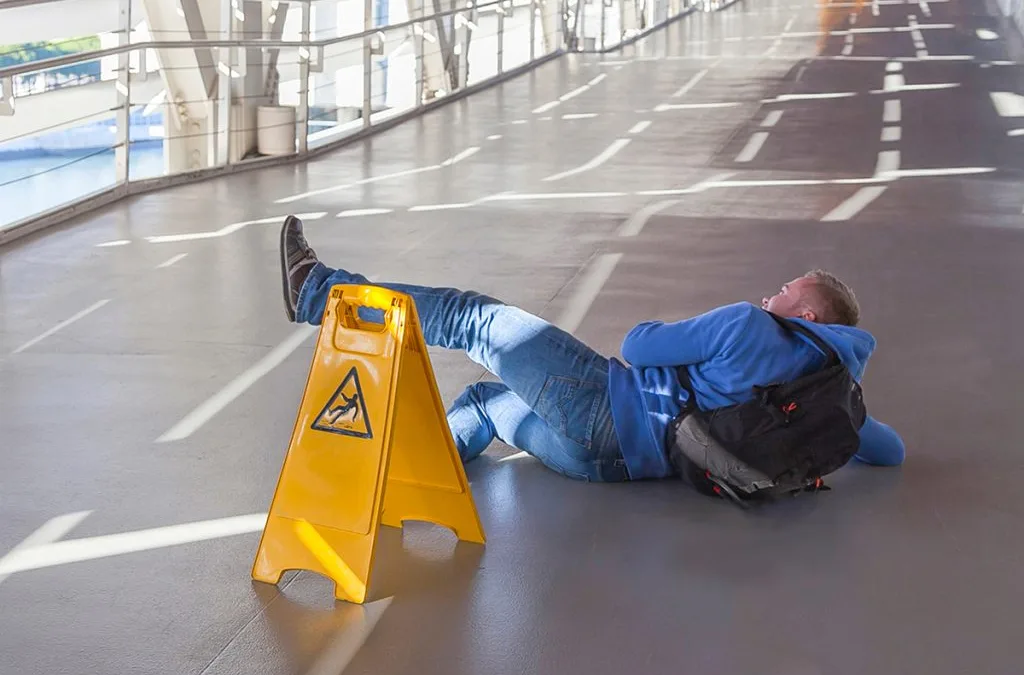
Save Time and Stress with These Tips for Choosing a Slip-and-fall Attorney
Slip and fall injury cases are accidents where a person slips, trips, or falls on someone else's property due to unsafe conditions. These accidents can cause severe injuries or even death, resulting in high medical costs, lost wages, and emotional suffering. These...
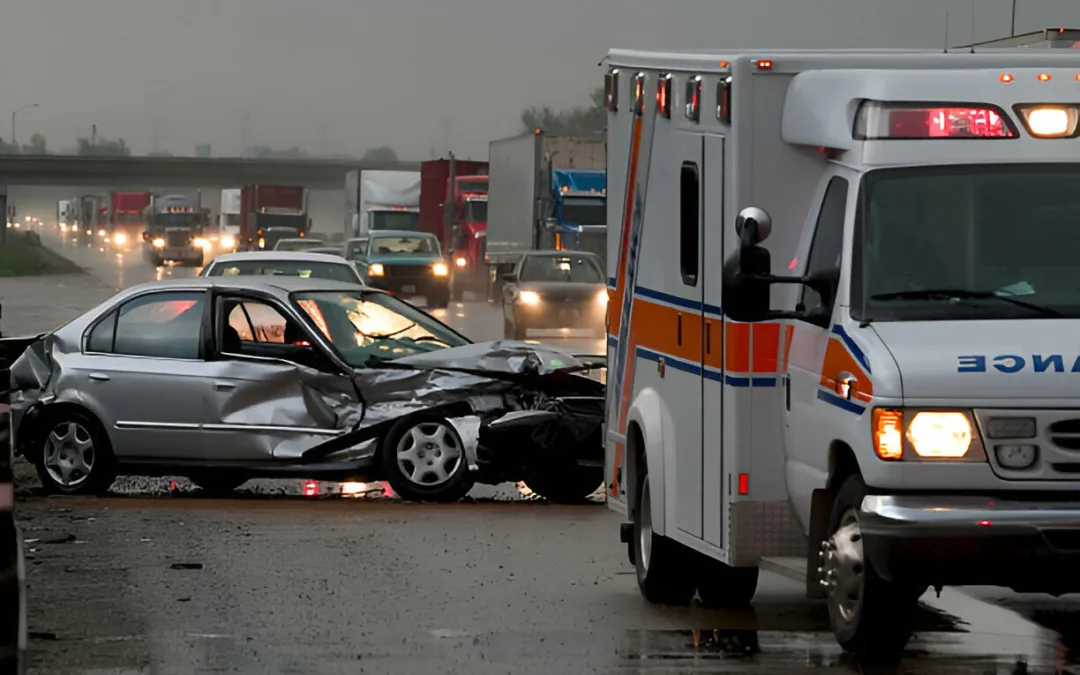
What to Do if You’re in a Car Wreck Without Insurance
Car accidents involving uninsured or underinsured drivers are more common than you might think, and they pose a significant challenge. When you're involved in a car wreck without insurance, the process of settling damages becomes complex. Having car insurance is...
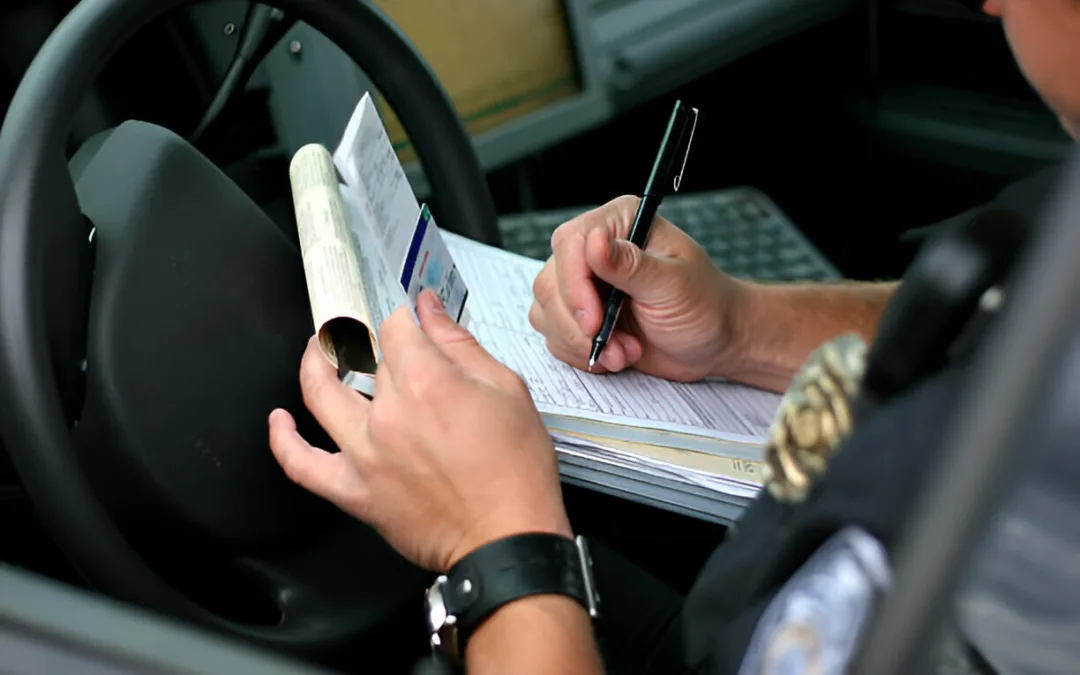
How to Get a Car Accident Police Report in Phoenix, AZ: A Complete Guide
Navigating the aftermath of a car accident can be daunting, especially when it comes to understanding and fulfilling legal and insurance obligations. One essential document you'll need is a car accident police report. This vital piece of evidence plays a crucial role...

